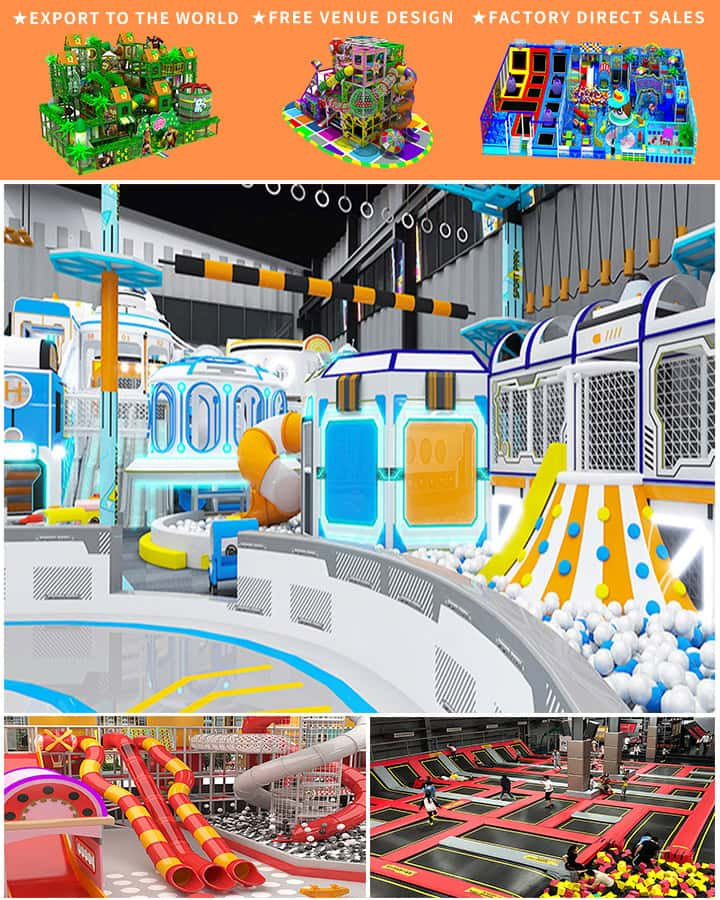In recent years, the demand for soft play equipment in commercial settings has witnessed a significant surge. As businesses and entrepreneurs strive to create engaging and safe environments for children, the market for these versatile and entertaining installations is booming. This article delves into the various aspects contributing to the rise of soft play equipment in commercial venues, exploring its benefits, applications, and future prospects.
Understanding Soft Play Equipment
Soft play equipment refers to a range of interactive, cushioned structures designed primarily for young children. These installations typically include elements such as ball pits, slides, climbing frames, tunnels, and obstacle courses, all constructed from soft, durable materials. The primary aim is to provide a secure yet stimulating environment where children can play, explore, and develop their motor skills.
Benefits for Commercial Venues
Attraction of Families: One of the primary advantages of incorporating soft play equipment into commercial spaces is its appeal to families. Restaurants, shopping centers, and entertainment complexes that feature soft play areas can attract young families, encouraging repeat visits and longer stays.
Increased Revenue: Businesses with dedicated play areas often see an increase in customer spending. Parents are more likely to make purchases or dine on-site if they know their children are entertained and safe.
Positive Brand Image: Offering a family-friendly environment enhances a business’s reputation. It demonstrates a commitment to customer care and community engagement, which can foster long-term loyalty among patrons.
Safety and Supervision: Soft play equipment is designed with safety in mind, reducing the risk of injury compared to traditional playgrounds. Additionally, having a designated play area allows parents to relax while keeping a close eye on their children.

Applications in Various Commercial Settings
Restaurants and Cafes: Many dining establishments have integrated soft play zones to keep young diners engaged. This not only provides a pleasant experience for families but also helps manage noise levels by keeping children occupied.
Retail Outlets: Shopping malls and department stores often feature soft play areas to attract family shoppers. These installations can be particularly effective during peak shopping seasons, offering a break for parents and keeping children entertained while they shop.
Entertainment Centers: Indoor amusement parks and family entertainment centers rely heavily on soft play equipment to provide a comprehensive experience for visitors of all ages.
Educational Institutions: Some schools and daycare centers incorporate soft play areas into their facilities, recognizing the importance of physical activity and social interaction in early childhood development.
Future Prospects and Innovations
As technology advances, the future of soft play equipment looks promising. Innovations such as interactive digital displays, themed play environments, and eco-friendly materials are set to revolutionize the industry. Furthermore, the growing awareness of the importance of physical activity in combating childhood obesity and promoting mental well-being will continue to drive demand for these installations.
Conclusion
The market for soft play equipment in commercial settings is thriving, driven by the increasing need for safe, engaging, and family-friendly environments. From restaurants to retail outlets and entertainment centers, businesses are recognizing the value of investing in these play areas to enhance customer experience, boost revenue, and build a positive brand image. As innovations continue to emerge, the potential for growth in this sector remains vast, promising exciting developments for both businesses and young patrons alike.




